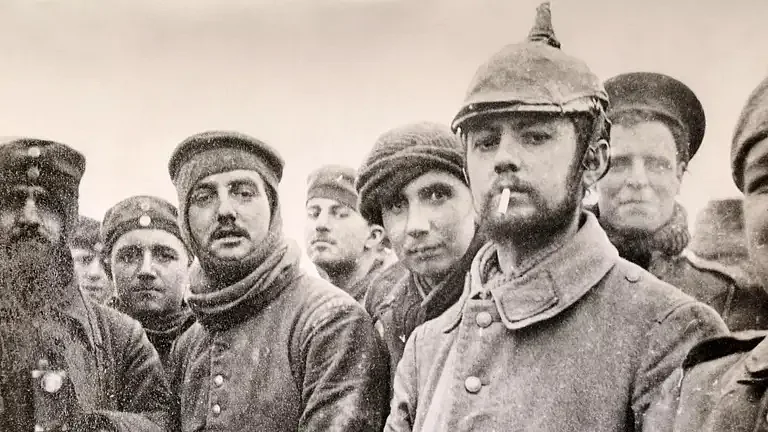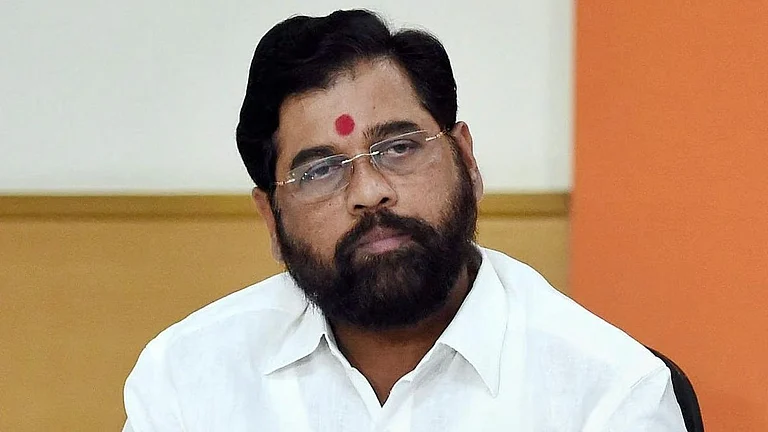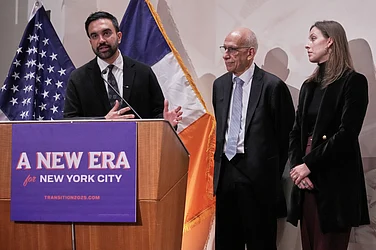The American military units famously known as the “Ghost Army”, recognized for their ingenious tactics during World War II, stepped into the limelight on Thursday as they were honored with the Congressional Gold Medal at a ceremony in Washington, marking a historic moment decades after their clandestine mission.
The ceremony, led by Secretary of the Army Christine Wormuth, at the U.S. Capitol acknowledged the remarkable contributions of the Ghost Army, whose innovative strategies played a pivotal role in altering the course of the war and aiding the liberation of Europe from oppression.
Among the distinguished attendees were three surviving members of the Ghost Army: Bernard Bluestein, John Christman, and Seymour Nussenbaum, whose recollections shed light on the extraordinary operations undertaken during the war.

Nussenbaum, reflecting on their mission, likened it to a grand theatrical production, involving inflatable tanks, radio deception, and elaborate disguises. He described the unit's efforts to mislead the enemy through clever ruses and staged performances, illustrating their commitment to the cause of defeating tyranny.
Senator Edward Markey and House Speaker Mike Johnson commended the Ghost Army's ingenuity and patriotism, acknowledging the estimated 15,000 to 30,000 lives saved as a result of their actions.
The journey to honor the Ghost Army culminated in the presentation of the Congressional Gold Medal, the highest civilian honor bestowed by Congress, following years of advocacy by family members and supporters. President Joe Biden signed the legislation into law in 2022, recognizing the valor and sacrifice of these unsung heroes.
Rick Beyer, president of the Ghost Army Legacy Project and a key advocate for the recognition of the unit, expressed gratitude for the long-awaited acknowledgment of their service, emphasizing the enduring legacy of their bravery and resourcefulness.
The Ghost Army, consisting of approximately 1,100 soldiers in the 23rd Headquarters Special Troops and 200 soldiers in the 3133rd Signal Company Special, executed numerous battlefield deceptions across Europe, including the pivotal Operation Viersen in March 1945.

Their remarkable achievements, from filling a gap in General George Patton's line during an attack on Metz to orchestrating elaborate deceptions along the Rhine River, underscored their invaluable contribution to the Allied victory in World War II.
For many, like Kim Seale of Dallas, whose father served in the Ghost Army, the ceremony brought closure and newfound appreciation for their family's legacy of service and sacrifice. Seale's father, Oscar Seale, kept his involvement in the Ghost Army a secret until after his passing, leaving behind a legacy of bravery and humility.

What is Ghost Army?
The 23rd Headquarters Special Troops, also known as the "Ghost Army," was the first mobile, multimedia, tactical deception unit in US Army history. Founded on January 20, 1944, the unit consisted of 82 officers and 1,023 men, under the command of Colonel Harry L. Reeder. The unit was capable of simulating two divisions and used visual, sonic, and radio deception to fool German forces during World War II's final year. The National WWII Museum's newest exhibit, Ghost Army: The Combat Con Artists of World War II, features artifacts such as artwork, uniforms, and an inflatable tank.
The unit, armed with .50 caliber machine guns, participated in 22 large-scale deceptions in Europe, with the majority arriving in England in May 1944. The unit was composed of a carefully selected group of artists, engineers, professional soldiers, and draftees, including famous artists like Bill Blass, Ellsworth Kelly, and Art Kane. The 23rd, along with the 3133rd Signal Service Company in Italy, helped liberate Europe from Nazi tyranny. Post-war, the unit's soldiers were sworn to secrecy, records were classified, and equipment packed away.





























